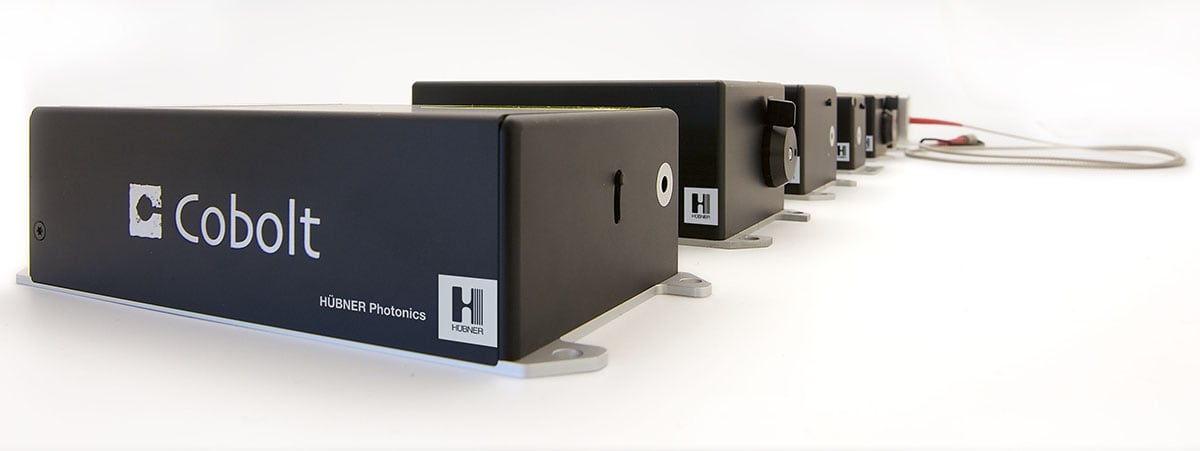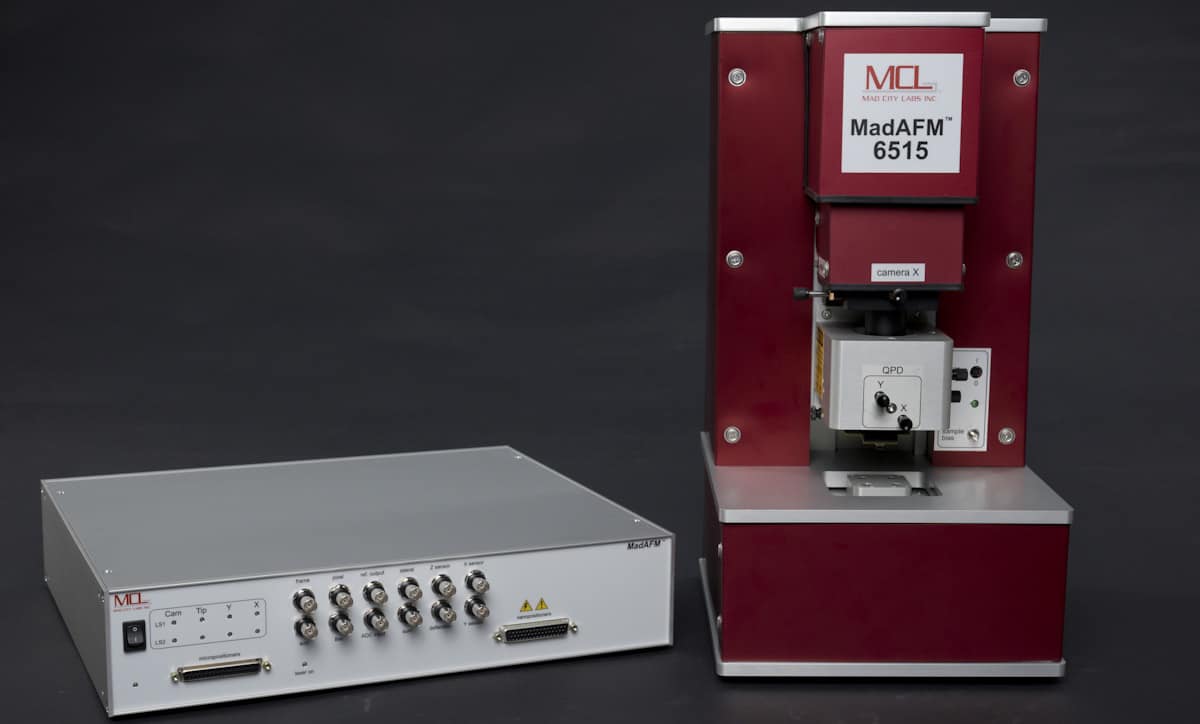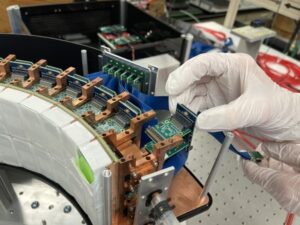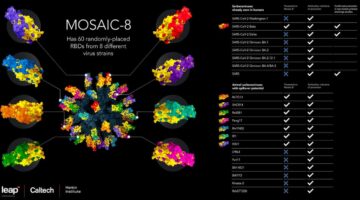The American Physical Society March Meeting brings together more than 13,000 physicists from around the world to connect and collaborate

The American Physical Society’s March Meeting 2024 is a scientific research conference that brings together physicists and students from around the world to showcase their research, connect with others, and discover groundbreaking physics developments in topics ranging from quantum physics to soft condensed matter, and from superconductivity to the latest in climate physics. This year’s meeting, taking place from 3 to 8 March at the Minneapolis Convention Center, celebrates the 125th anniversary of the APS.
“The annual APS March Meeting welcomes our diverse international community of over 13,000 scholars to share the excitement of new discoveries, establish new friendships, interests and collaborations, discuss and influence future directions and contribute to the expansion of human knowledge and endeavour,” says programme chair Paul Chaikin, from New York University.
As well as the extensive programme of scientific sessions, the meeting includes several featured events. At a special session featuring Nobel laureates, recipients of the 2023 Nobel Prize for Physics and for Chemistry will discuss “Attosecond Physics, Quantum Dots, Human Rights”. Elsewhere, the Kavli Foundation Special Symposium looks at “Physics Far from Equilibrium”. There’s also Industry Day events focusing on industrial and applied physics research and careers, plus Future of Physics Days, designed to help undergraduates get the most out of their March Meeting experiences.
Finally, there’s the exhibit hall to explore, where over 130 companies will be highlighting their latest devices and services for cutting-edge physics research. The exhibit will also feature poster sessions where scientists will share their latest findings, a job expo to meet potential employers and a graduate school fair. Read on to find out about some of the new product offerings that will be on show at this year’s technical exhibition.
New lasers line up for emerging applications
HÜBNER Photonics is showcasing an array of high-performance lasers that have been specifically developed for applications in quantum technology, nonlinear imaging and Raman spectroscopy.
Designed for the life sciences market, the next generation of VALO femtosecond lasers – the Tidal – offers market-leading pulse durations of typically 40 fs, as well as 2 W output power. Due to this exceptional peak power, and the integrated dispersion pre-compensation unit, Tidal is an ideal laser for nonlinear applications such as high harmonic imaging, broadband terahertz generation and nonlinear wafer inspection.

Another new product for life sciences is the Cobolt 06-DPL 594 nm laser, which provides a CW power output of up to 100 mW in a compact footprint with direct modulation capabilities. The laser is easy to deploy and can be integrated into laser combiner options such as the C-FLEX or simply employed for stand-alone use in the laboratory. This 594 nm laser is specifically suitable for excitation of AF594, mCherry, mKate2 and other red fluorescent proteins.
For Raman spectroscopy, the new Cobolt Disco 785 nm single-frequency laser delivers up to 500 mW in a perfect TEM00 beam. This new wavelength is an extension of the Cobolt 05-01 Series platform. Its innovative design delivers excellent wavelength stability, a linewidth of less than 100 kHz, and spectral purity better than 70 dB, providing the performance needed for high-resolution Raman spectroscopy measurements.
HÜBNER Photonics is also highlighting a range of lasers for quantum technology applications. The Cobolt Qu-T Series is a family of compact, single frequency, tunable lasers operating at 707, 780 and 813 nm. Offering a course tunability of 2–5 nm, narrow mode-hop free tuning of less than 5 GHz, a linewidth of less than 100 kHz and powers of 500 mW, the Cobolt Qu-T Series lasers are ideal for quantum experiments based on atomic transitions and generation of entangled photon pairs through spontaneous parametric down-conversion.
In addition, the new Ampheia Series of high-power fibre amplifiers are ideal for experiments in atom trapping. The Ampheia Series offers ultralow noise and single-frequency capability, while delivering 10, 20 and 50 W at 1064 nm in a perfect beam.
- For more information, visit HÜBNER Photonics at the APS March Meeting booth #1411
Precision positioning and instrumentation for diverse physics applications
For 25 years Mad City Labs has provided precision instrumentation for research and industry applications, including nanopositioning systems, micropositioners, single-molecule microscopes and atomic-force microscopes (AFMs), as well as offering customized solutions.
New for 2024 is the MadAFM, a sample-scanning AFM that supports multiple microscopy modes for applications in materials characterization and the life sciences. Simple to install and with a compact table-top design, the MadAFM exploits the company’s closed-loop nanopositioning systems to provide precise movement of the sample and probe.

These piezo nanopositioners feature the company’s proprietary PicoQ sensors, which provide ultralow noise and excellent stability to yield sub-nanometre resolution. When used with AFMs, the nanopositioning systems provide true decoupled motion with virtually undetectable out-of-plane movement, while their precision and stability yields high positioning performance and control. These attributes make the nanopositioners ideal not only for AFMs, but for a range of applications in astronomy, photonics, physics, metrology and quantum sensing.
The MadAFM joins the company’s existing line-up of instruments for AFM and near-field scanning optical microscopy. Both optical deflection and resonant probe AFMs are available, with the latter designed to provide a flexible configuration for applications such as quantum sensing and scanning nitrogen-vacancy magnetometry.
Other products from Mad City Labs include the RM21 single-molecule microscope, which offers direct optical pathway access, high stability and precision alignment. There’s also the unique MicroMirror TIRF system, which offers multi-colour total internal-reflection fluorescence microscopy with an excellent signal-to-noise ratio and efficient data collection, along with an array of options to support multiple single-molecule techniques.
As well as offering turnkey instruments, Mad City Labs supplies standalone micropositioning products such as optical microscope stages, compact positioners for photonics, and the Mad-Deck XYZ stage platform. These products use proprietary intelligent control to optimize stability and precision. The compatibility of the micropositioning products with the high-resolution nanopositioning systems allows users to develop solutions tailored to their specific applications.
- Find out more about Mad City Labs at the APS March Meeting booth #701
- SEO Powered Content & PR Distribution. Get Amplified Today.
- PlatoData.Network Vertical Generative Ai. Empower Yourself. Access Here.
- PlatoAiStream. Web3 Intelligence. Knowledge Amplified. Access Here.
- PlatoESG. Carbon, CleanTech, Energy, Environment, Solar, Waste Management. Access Here.
- PlatoHealth. Biotech and Clinical Trials Intelligence. Access Here.
- Source: https://physicsworld.com/a/aps-march-meeting-connecting-physicists-from-around-the-globe/
- :has
- :is
- :not
- :where
- $UP
- 000
- 10
- 100
- 13
- 130
- 20
- 2023
- 2024
- 25
- 40
- 50
- 500
- 70
- 8
- a
- About
- access
- addition
- alignment
- allows
- along
- also
- American
- an
- and
- Anniversary
- annual
- applications
- applied
- ARE
- around
- Array
- AS
- astronomy
- At
- atom
- atomic
- attributes
- available
- based
- BE
- Beam
- been
- Better
- both
- Brings
- broadband
- but
- CAN
- capabilities
- capability
- careers
- celebrates
- Center
- Chair
- chemistry
- City
- click
- Climate
- collaborations
- collection
- community
- compact
- Companies
- Company’s
- compatibility
- Condensed matter
- Conference
- Configuration
- Connect
- Connecting
- contribute
- control
- Convention
- Course
- customized
- cutting-edge
- data
- day
- Days
- decoupled
- delivering
- delivers
- demanding
- deploy
- Design
- designed
- develop
- developed
- developments
- Devices
- direct
- discover
- discuss
- Dispersion
- diverse
- due
- easy
- efficient
- elsewhere
- emerging
- employed
- employers
- establish
- events
- excellent
- exceptional
- Excitement
- exhibit
- exhibition
- existing
- expansion
- Experiences
- experiments
- exploits
- explore
- Expo
- extension
- extensive
- fair
- family
- far
- Feature
- featured
- Featuring
- Find
- findings
- flexible
- focusing
- Footprint
- For
- Foundation
- Free
- Frequency
- friendships
- from
- FS
- future
- generation
- get
- globe
- graduate
- groundbreaking
- Hall
- Have
- head
- help
- High
- high-performance
- high-resolution
- highlighting
- HTML
- http
- HTTPS
- human
- ideal
- image
- Imaging
- in
- include
- includes
- Including
- industrial
- industry
- influence
- information
- innovative
- install
- instruments
- integrated
- Intelligent
- interests
- International
- into
- issue
- ITS
- Job
- Joins
- jpg
- knowledge
- laboratory
- Labs
- laser
- lasers
- latest
- less
- Life
- Life Sciences
- Line
- LOOKS
- make
- March
- Market
- market-leading
- materials
- Matter
- max-width
- measurements
- Meet
- meeting
- Metrology
- Microscope
- Microscopy
- modes
- more
- most
- motion
- movement
- multiple
- narrow
- needed
- New
- new product
- New York
- next
- nobel prize
- Noise
- nonlinear
- of
- offering
- Offerings
- Offers
- on
- only
- open
- operating
- Optimize
- Options
- or
- Other
- Others
- our
- out
- output
- over
- pairs
- pathway
- Paul
- Peak
- perfect
- performance
- physical
- Physics
- Physics World
- Place
- platform
- plato
- Plato Data Intelligence
- PlatoData
- plus
- positioning
- potential
- power
- powers
- precise
- Precision
- prize
- probe
- Product
- Products
- programme
- proprietary
- Proteins
- provide
- provided
- provides
- providing
- pulse
- Quantum
- Quantum dots
- quantum physics
- quantum technology
- range
- ranging
- ratio
- Read
- recipients
- Red
- research
- Resolution
- sample
- says
- scanning
- Scholars
- School
- SCIENCES
- scientific
- scientists
- sensors
- Series
- Services
- session
- sessions
- several
- Share
- show
- showcase
- showcasing
- Simple
- simply
- single
- Society
- Soft
- Solutions
- some
- special
- specific
- specifically
- Spectral
- Spectroscopy
- Sponsored
- Stability
- Stage
- stages
- standalone
- Students
- such
- suitable
- Superconductivity
- supplies
- support
- Supports
- Symposium
- system
- Systems
- tailored
- taking
- Technical
- techniques
- Technologies
- Technology
- than
- that
- The
- the world
- their
- These
- this
- thousands
- Through
- thumbnail
- to
- together
- Topics
- Total
- transitions
- trapping
- true
- tuning
- turnkey
- typically
- unique
- unit
- university
- use
- used
- users
- virtually
- Visit
- W
- Welcomes
- WELL
- when
- which
- while
- will
- with
- world
- xyz
- years
- Yield
- yields
- york
- zephyrnet













